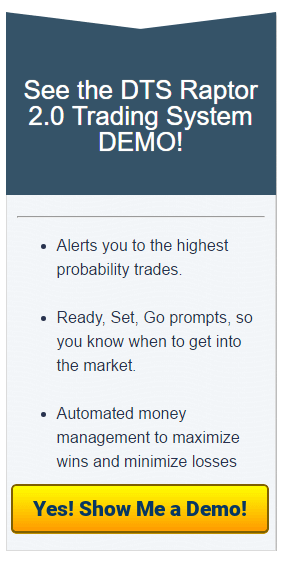Day Trading Tips and Tricks
Trade Multiple Contracts to get Real Profits
Get an Edge and Trade Multiple Contracts
 When day trading futures, traders often enter and exit multiple contracts at the same time, in the same day. This situation is not limited to futures contracts; traders can choose other instruments to day trade using more than one contract. Typically a minimum trade is estimated at one hundred shares or one future contract. While single contracts offer an advantage to small capital investors, multiple contracts are used by professional day traders to generate enough profits to operate their business efficiently.
When day trading futures, traders often enter and exit multiple contracts at the same time, in the same day. This situation is not limited to futures contracts; traders can choose other instruments to day trade using more than one contract. Typically a minimum trade is estimated at one hundred shares or one future contract. While single contracts offer an advantage to small capital investors, multiple contracts are used by professional day traders to generate enough profits to operate their business efficiently.
Day Trading Single Contracts
Single contracts work as an effective day trading tool to purchase trades using minimal capital. This strategy minimizes risk and allows the investor the time needed to become comfortable in trading his or her contract or shares. The ease of trading with a single contract reduces complications that typically are involved in managing multiple contracts. However, with today’s more advanced day trading systems, handling multiple contracts is not nearly as challenging as it once was.
Entering a single contract trade requires one entry and one exit, which ends the cycle of that particular trade. Many day traders use single contracts as a way to scalp the market (very short-term trades) where the entire cycle of the trade last only a few seconds from entry to exit.
Day Trading Systems That Use Multiple Contracts
Multiple contracts can usually be described as a trade that handles 2 to 20 contracts at a time, or more based on the market conditions. Professional day traders use multiple contracts as a simple solution for increasing the value of a particular market which generates potentially greater profits. Additionally, they will use multiple contracts to maximize their money management. Based on numerous strategies, multiple contract trades can work in a variety of combinations of entries and exits.
Multiple Contracts Strategies
A simple example of using to contracts in various strategies as versus a single contract involves a particular entry and exit technique. By entering one trade containing, two contracts the day trader only waits until the trade has reached its targeted profit level. By exiting one contract, the trader uses one stop loss to break even. Next, he or she waits until the remaining trade continues to generate profitability or reverses itself and its break even stop loss. Once the second contract has been exited, the day trader can experience a larger than average profit or break even on the deal.
Using the above day trading strategy negates any additional risk while performing the same trade as a single contract. However, the potential profit has dramatically increased. By enhancing the “risk to reward” ratio, multiple contract strategies offer any significant improvement over single contract methods.
Join us in our Trade Room. Click HERE to Register




